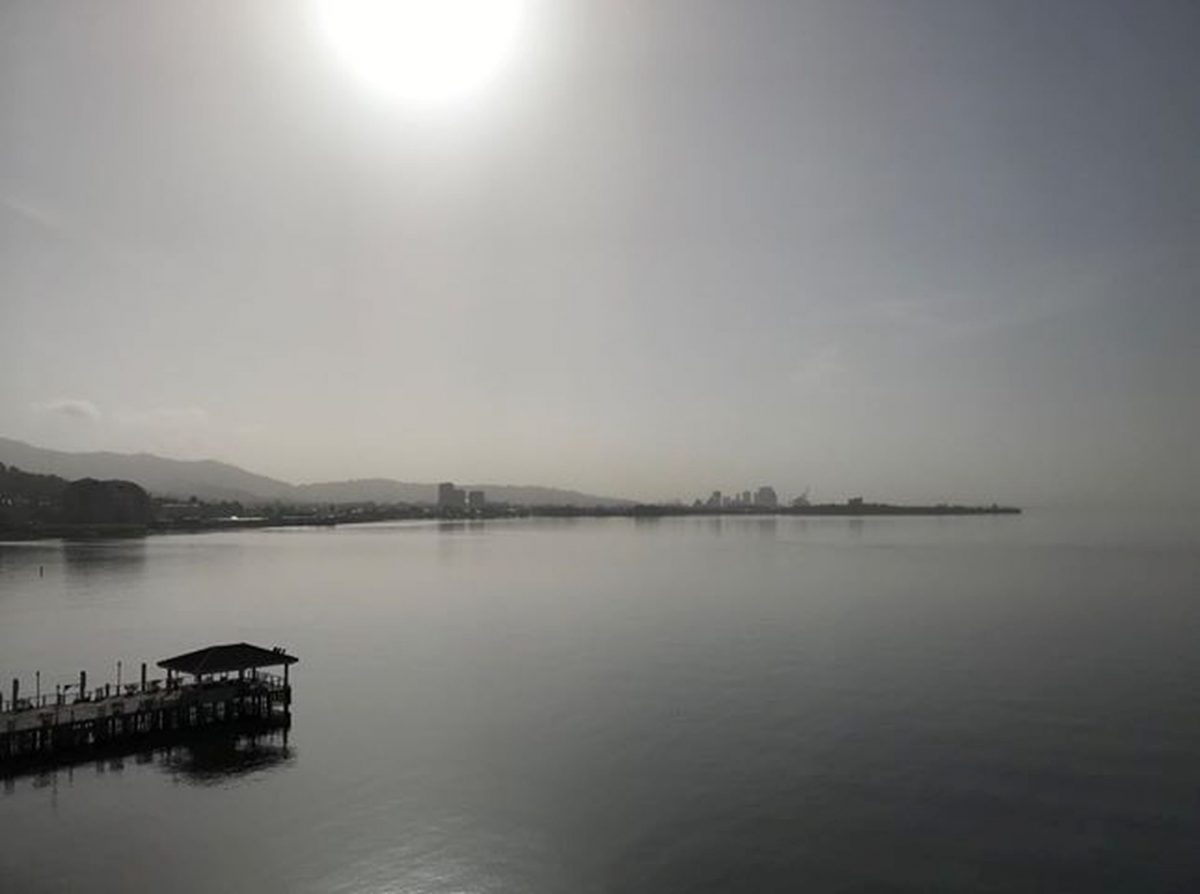(Trinidad Guardian) Several times a year, increased concentrations of Saharan dust move across our region, turning our typically blue skies into a dusty and hazy mess. After taking a month-long hiatus since the last significant surge, it has returned with a vengeance. Air quality has been reduced to moderate levels, and visibility in Trinidad was reduced to eight kilometres on Monday. As concentrations of Saharan Dust wanes throughout the week, air quality is forecast to return to good levels by Thursday into Friday.
The Origin of Saharan Dust
Saharan Dust originates from the Sahara Desert, thousands of kilometres east of Trinidad and Tobago.
Though most of the dust is deposited in the North Atlantic Ocean and the Amazon Rainforest, concentrated plumes of dust move across parts of the Caribbean, Central America, North America, and Europe annually.
Contrary to popular belief, Saharan Dust does not have a season.
Mild to moderate surges occur year-round, with the occasional severe event, reducing the air quality across Trinidad and Tobago between unhealthy and hazardous levels.
The Air Quality Index (AQI)
Recently, you frequently hear “air quality has been reduced to moderate to unhealthy for sensitive groups levels,” but what do these levels mean?
According to the Environmental Management Agency (EMA), the air quality index is a number used by government agencies to communicate to the public how polluted the air currently is or how polluted it is forecast to become.
As the AQI increases, an increasingly large percentage of the population is likely to experience increasingly severe adverse health effects.
These adverse health effects can range from aggravation of to premature mortality of those with respiratory and cardiopulmonary ailments.
Between unhealthy to hazardous air quality levels, more and more of the general population will begin to experience respiratory and other health effects.








